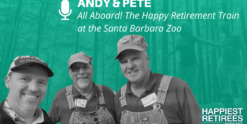When you spend most of your time helping folks plan for the happy retirements they deserve, it’s rewarding to stop and enjoy the ones who get there. What could’ve been a one-off article has become a running series of spotlights because so many of our clients are out there living out their dream retirement life. Working hard, saving, investing, and finding purpose after the end of their career — none of it is easy, but a client of ours named Gary sure does make it look that way.
Gary’s Eight-Day Trek Rafting the Colorado River
Recently our client, Gary, took a memorable journey rafting the Colorado River through the Marble and Grand Canyons. Back in 1975, Gary and a close college friend did this same excursion and they’d always planned to go back. But as it goes with many of us, life kept getting in the way. Retirement left him with no excuse. The trip was on! It was an eight-day trek spanning three hundred miles, sleeping under the stars, bathing in the river, and enduring rough whitewater rapids. Exhausting? Yes. Gary’s group prepared for the exertion with a disciplined regimen of biking, hiking and weight training beforehand.
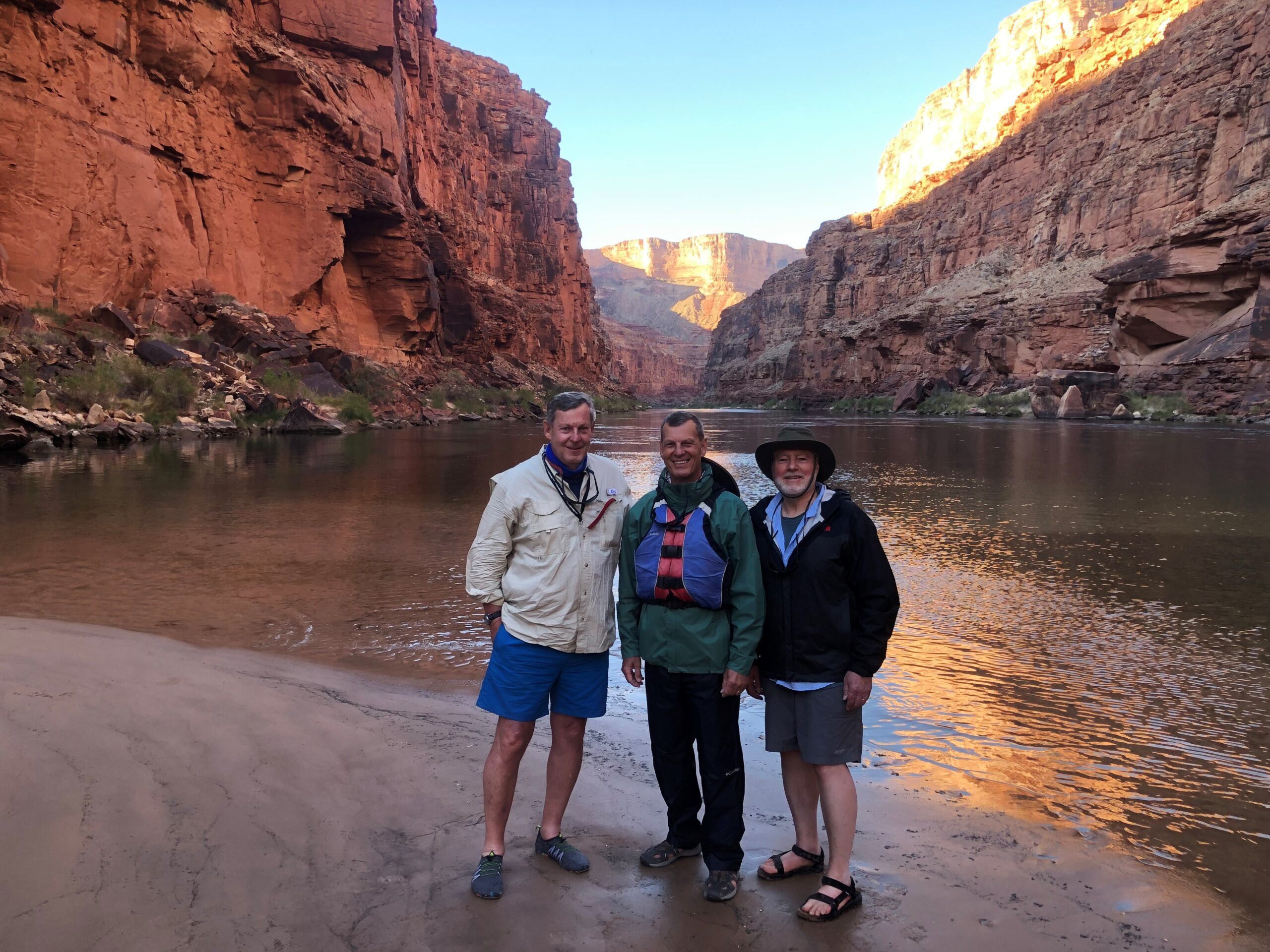
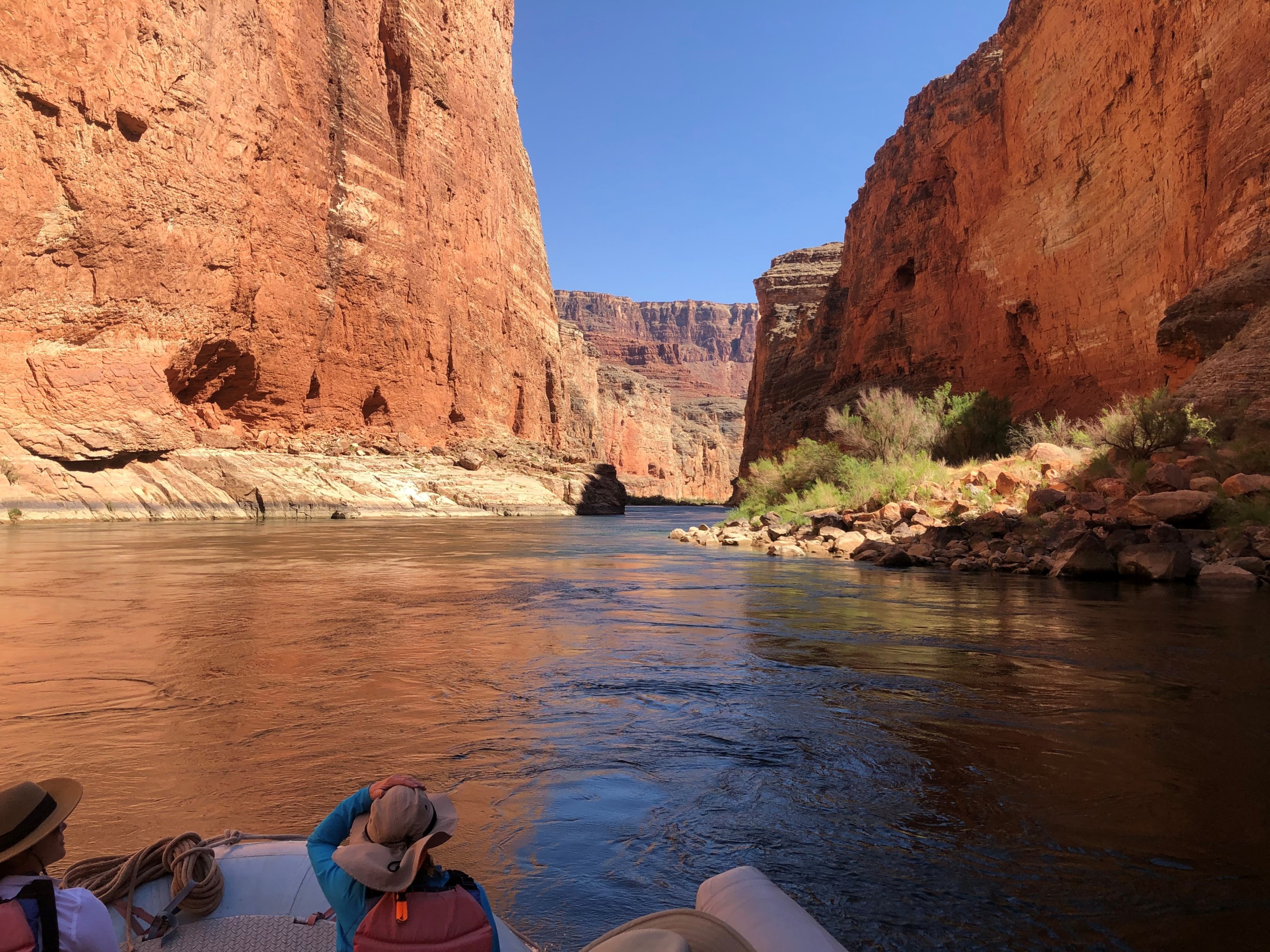
It all began fifteen miles downriver of the Glen Canyon Dam as they traversed Marble Canyon. Very quickly, the walls get steeper, and the river gets wilder. Before you know it, Gary said, the canyon soars a mile above you. As the landscape changed, they spotted a variety of canyon wildlife: Bighorn sheep, deer, wild donkeys, bobcats, scorpions, and rattlesnakes. It was an abundant ecosystem that Gary was honored to witness.
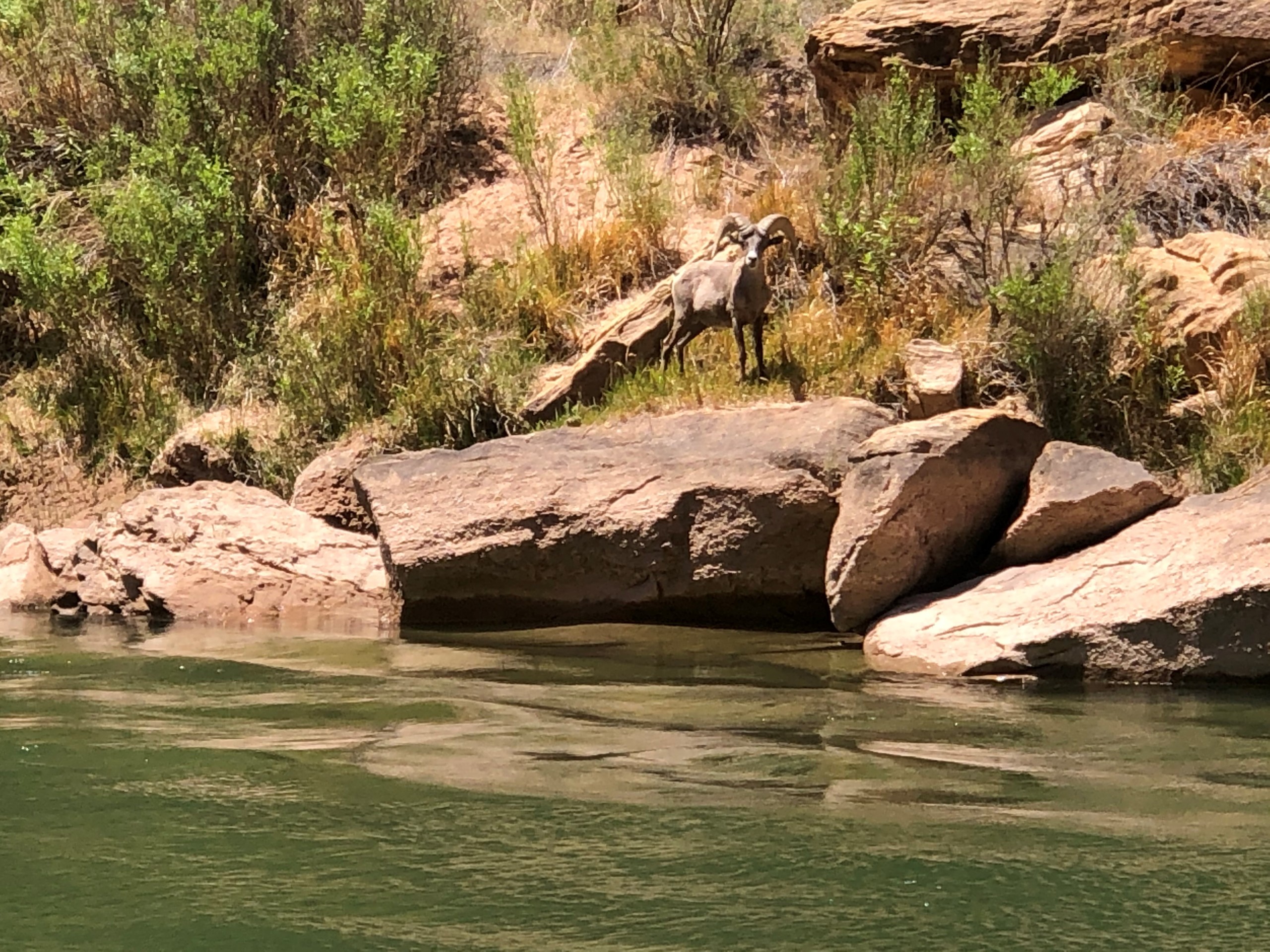
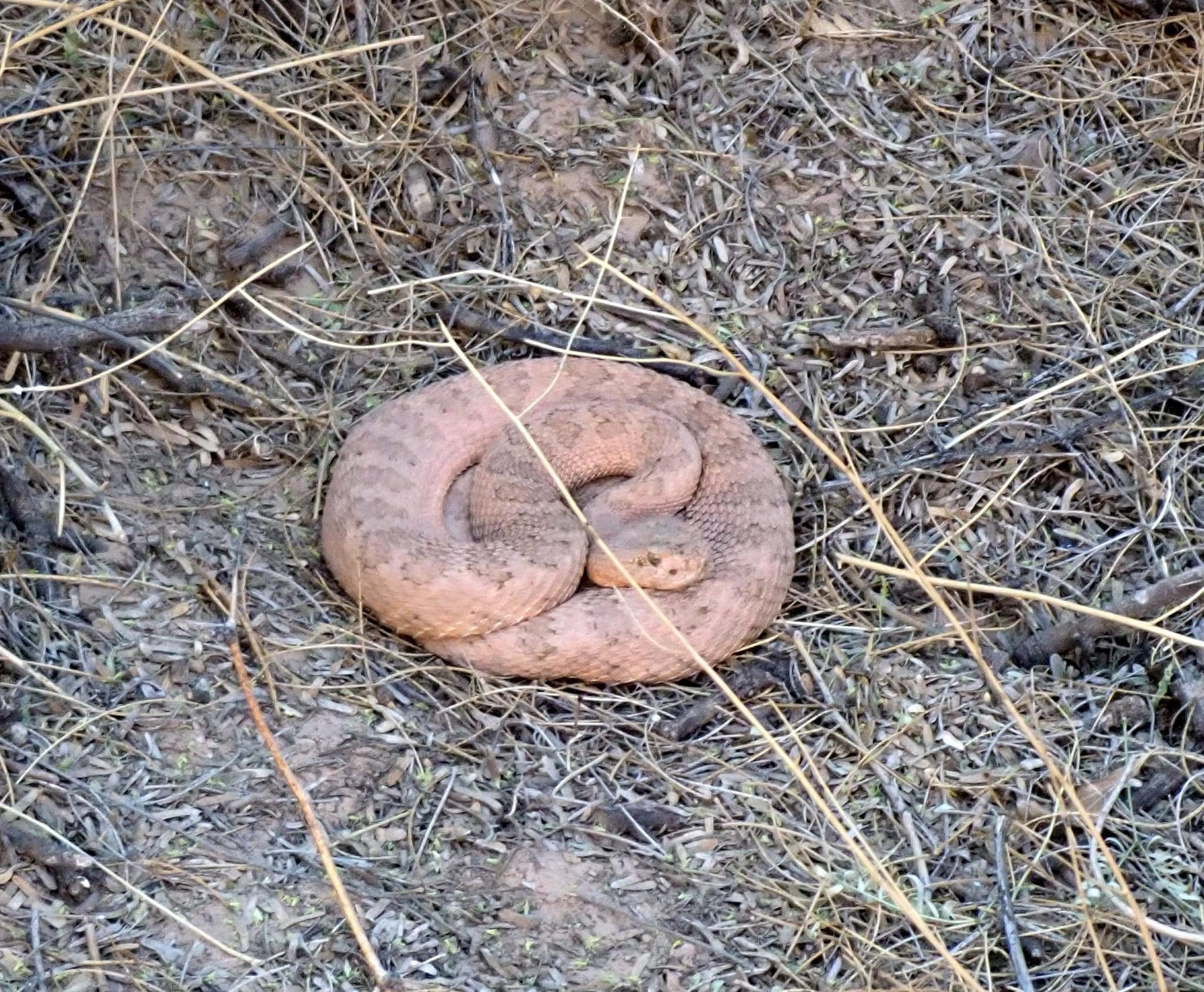
Not surprisingly, the environment had changed in the almost fifty years since they inflated their first raft. Most of all, they noticed that years of drought and mismanagement had taken their toll. The Colorado River water flows that had been 25,000 cubic feet per second were now down to 6,000 cfs. Seven states rely upon the Colorado’s water, including Wyoming, Colorado, Utah, New Mexico, Nevada, Arizona, and California.
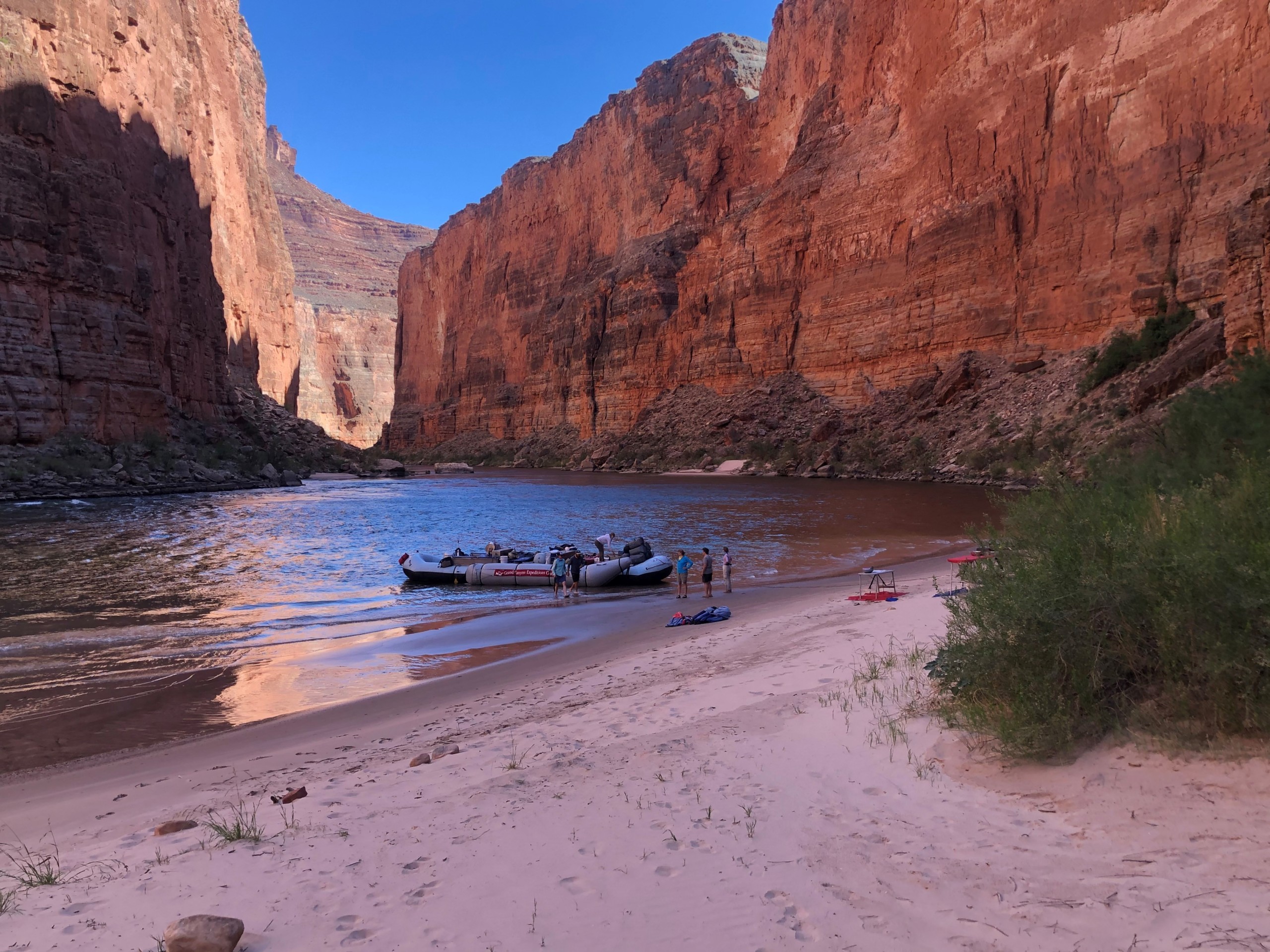
Despite the dwindling flow, the Grand Canyon rapids are still powerful and use a rare rating system of Class 1 through Class 10 rather than typical Class I through Class V used on other rivers. Gary’s group hit all ten rapid classifications, over 150 major whitewater rapids in total. Between this and the fifty-six-degree water temperature, I don’t blame his wife for staying home.
One of Gary’s favorite parts of the adventure was learning about our planet’s geological history. Earth is approximately 4.5 billion years old, and the part of the Colorado River that formed the Grand Canyon has been here for only 6 to 7 million years of it.
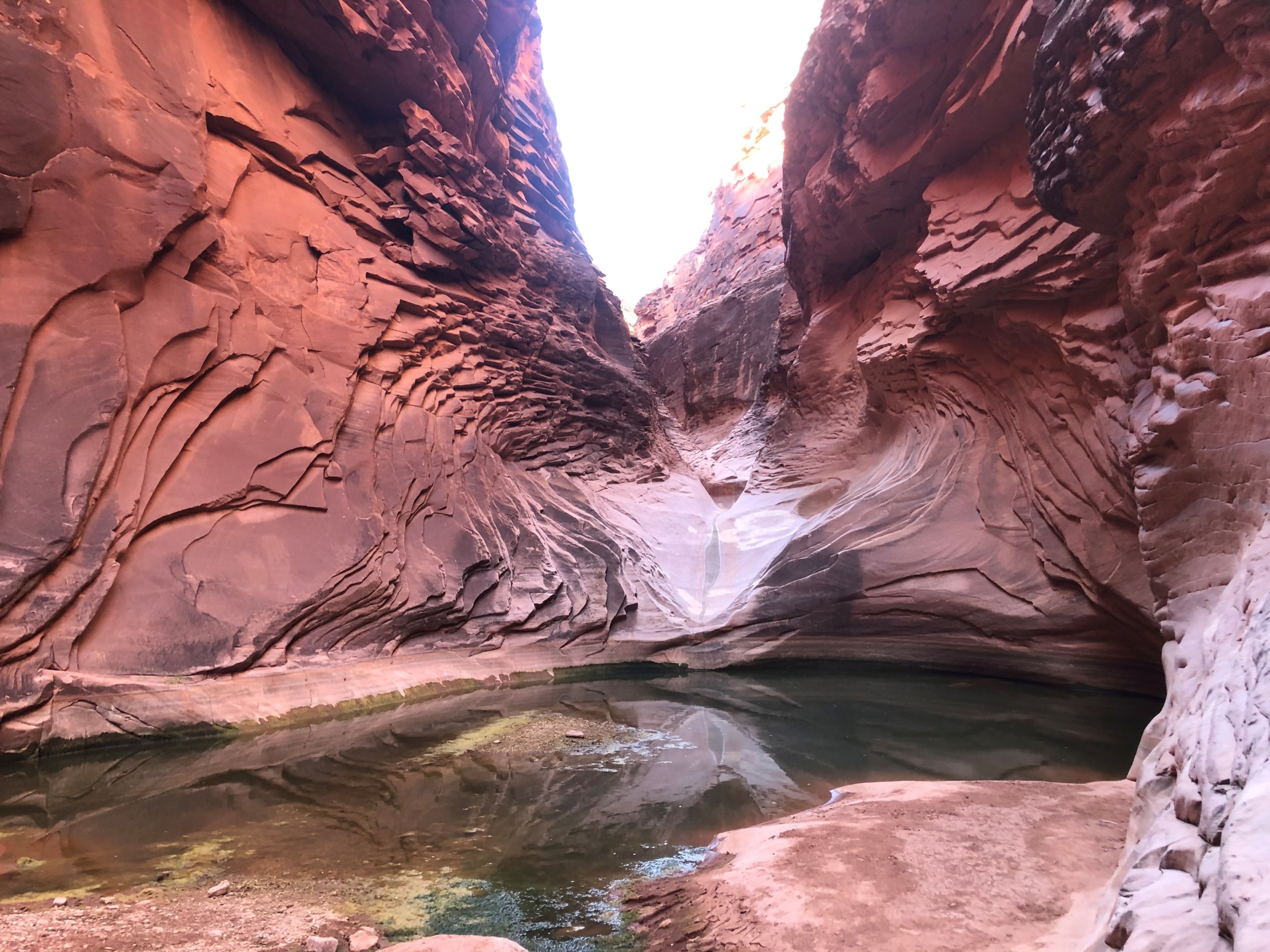
One of Gary’s favorite parts of the adventure was learning about our planet’s geological history. Earth is approximately 4.5 billion years old, and the part of the Colorado River that formed the Grand Canyon has been here for only 6 to 7 million years of it.
It was fascinating for Gary to witness up close some of earth’s oldest rocks and how the elements — erosion, wind, and water — have sculpted the magnificent beauty we see today. As humans, we tend to think it all revolves around us, but the grandeur of the canyons and sublimity of the Colorado River make it crystal clear the small role we play.
The rafting journey inspired Gary beyond description, and his willingness to go is one of the reasons he’s a happy retiree. His advice for others is to know how they want to spend their time and where they want to live when they retire. He says, and I agree, that location can help provide the opportunities you’re looking for, including health services, activities, and proximity to children. At Capital Investment Advisors, we always tell our retirees to live near at least 25 percent of their adult offspring. Our surveys have shown that retirees who live “near or close” to 50 percent or more of their kids are five times more likely to be happy.
‘I try to continue the activities that I’ve enjoyed in my pre-retirement life.’
Before retiring in 2017, Gary was an architect and program manager for fifty years. Gary began his career in Chicago contributing to a number of notable projects like the Sears Tower. (I know it was renamed the Willis Tower in 2009, but some names just stick). It was the tallest building in the world for over two decades and a set piece for iconic films such as Ferris Bueller’s Day Off, Planes, Trains and Automobiles, and The Dark Knight. He then finished up his career as a developer at Carter in Atlanta. There he managed the design and construction of the University of Georgia Performing Arts Complex, renovation of the Terry College of Business, and even the Gate 6 expansion at Sanford Stadium, where the 2023 National Champion football team plays. Go Dawgs!
His daughter is a Florida surgeon, so he and his wife chose to move to Jacksonville Beach to live near her and the beach for their post career life. Even though the move was right for them, it was still an adjustment, so Gary says to prepare for that mentally. “I try to continue the activities that I’ve enjoyed in my pre-retirement life and continue to pursue things related to my professional background; riding my bike, woodworking, and getting involved with my community.” Additionally, he volunteers for the local police department, enjoys the beach, and spends a lot of time with his grandkids.
Specifically, woodworking is an unyielding core pursuit for him. He first pursued it in high school but a teacher encouraged him to enroll in a drafting class. Soon, he fell in love with drawing, and eventually, architecture became his career. Now, he works on small woodworking projects the old-fashioned way: with chisels, planes, and handsaws. Power tools? Not this guy.
As you formulate your retirement, listen to people like Gary. More than anything, he’ll tell you to figure out what kind of life you look forward to living and then how to go about achieving it.
Please note, Gary has given us permission to share his story and photos.












